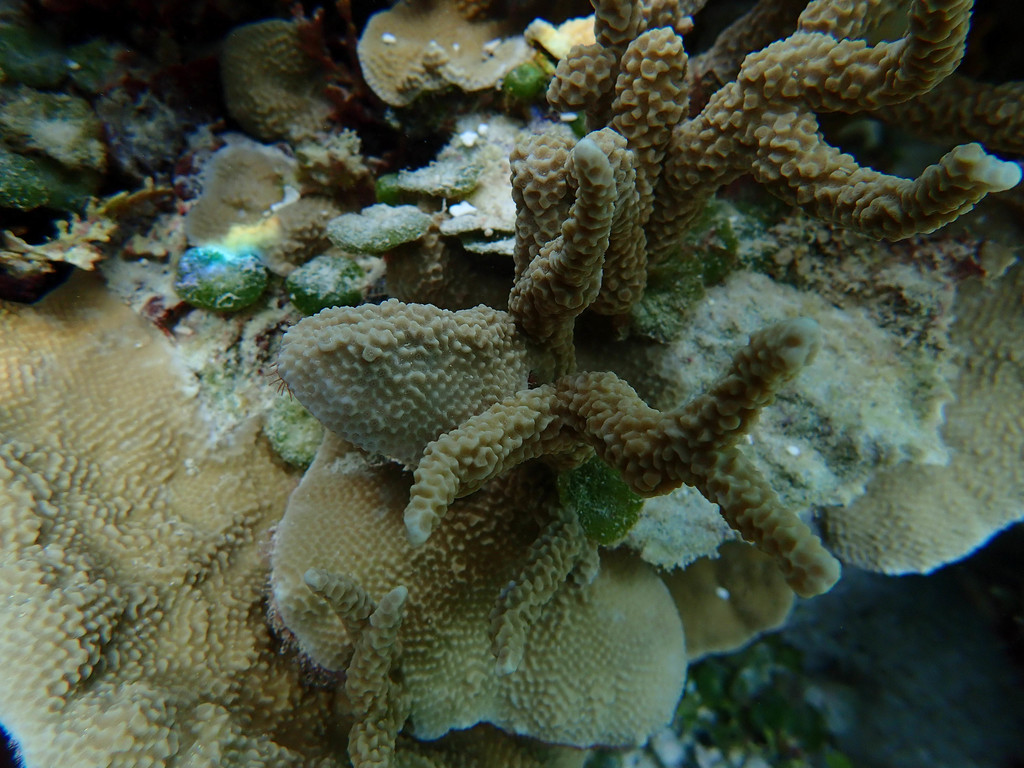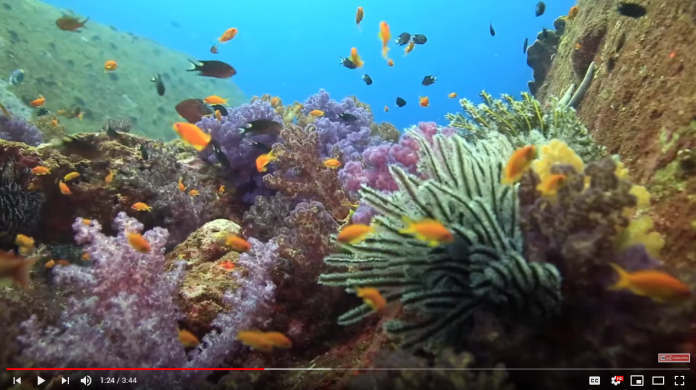That climate change threatens the extinction of coral reefs is among the least well-founded but most persistent assertions made by climate alarmists. In truth, scientists have previously had no clear population count of how many individual corals and coral species existed worldwide.
However, new research described in an article on Phys.org, titled “Half a trillion corals: World-first coral count prompts rethink of extinction risks,” places the number of corals in the Pacific Ocean alone at more than half a trillion. There are likely trillions more wordwide.
The scientists involved in the research say the sheer number of corals and coral species means the risk of extinction due to climate change is vastly lower than previously claimed.
“In the Pacific, we estimate there are roughly half a trillion corals,’ said the study lead author, Dr. Andy Dietzel from the ARC Centre of Excellence for Coral Reef Studies at James Cook University,” writes Phys.org.
“This is about the same number of trees in the Amazon, or birds in the world.”
“Dr. Dietzel said the eight most common coral species in the region each have a population size greater than the 7.8 billion people on Earth,” says Phys.org, continuing, “The findings suggest that while a local loss of coral can be devastating to coral reefs, the global extinction risk of most coral species is lower than previously estimated.”
This research exposes the fact that although the International Union for the Conservation of Nature (IUCN) list 80 coral species to have an elevated extinction risk, 12 of those species have estimated population sizes of more than one billion colonies.
“As an example, the finger-coral, Porites nigrescens, ranks amongst the ten most abundant species we examined. It’s also not considered to be highly susceptible to coral bleaching—yet it is currently listed by IUCN as vulnerable to global extinction,” Professor Sean Connolly, a co-author of the study told Phys.org.

The first corals arose during Cambrian about 535 million years ago and the number and type corals increased dramatically more than 400 million years ago, coming into existence when global temperatures and carbon dioxide concentrations were much higher than at present. Coral have proved adaptable, expanding their range and evolving and thriving through periods of higher and lower temperatures than the earth is either currently experiencing or reasonably expected to experience in the foreseeable future.
As discussed in Climate at a Glance: Coral Reefs, coral thrive in warm water, not cold water, and recent warming has allowed coral to expand their range poleward, while still thriving near the equator.
Previous posts on Climate Realism, for example, here, here, here, and here, show local conditions, like runoff from beach front development and agriculture, not warmer temperatures or ocean acidification, pose the biggest threat to coral reefs. But even these threats are highly localized and often temporary, with many coral reefs recovering within a few seasons after bleaching events.
Despite recent bleaching events, data shows Australia’s Great Barrier Reef is far from being destroyed. One of the scientist interviewed by Phys.org told the publication,
“[w]e counted an average of 30 corals per square meter of reef habitat. This translates into tens of billions of corals on the Great Barrier Reef—even after recent losses.”
Also research cited in a recent Climate Realism posts shows that many of the coral colonies making up the Great Barrier Reef that have suffered bleaching, have subsequently recovered, or are in the process of doing so.
The available evidence is clear, globally coral reefs are numerous and are not seriously threatened with extinction by modest warming.



















A sense of well-being coming from the data-driven scientist instead of the bureaucracie’s bought and paid for scientists….
What a welcome relief for the scientific world and their bona fides.
Climate news transmitted by media with an agenda to empower establishment “science” over reason. The same rigid ideology first, analyze evidence second approach that taints public policy with systematic racism as the primary cause of American economy, education, social life and culture. Stay to script or else.